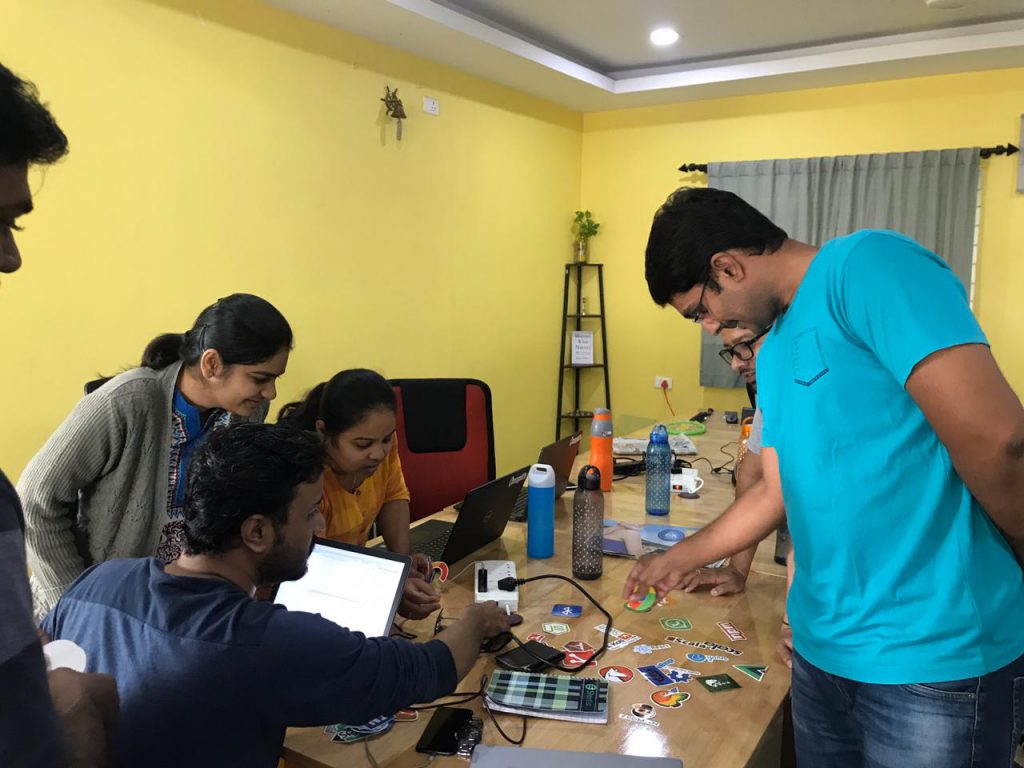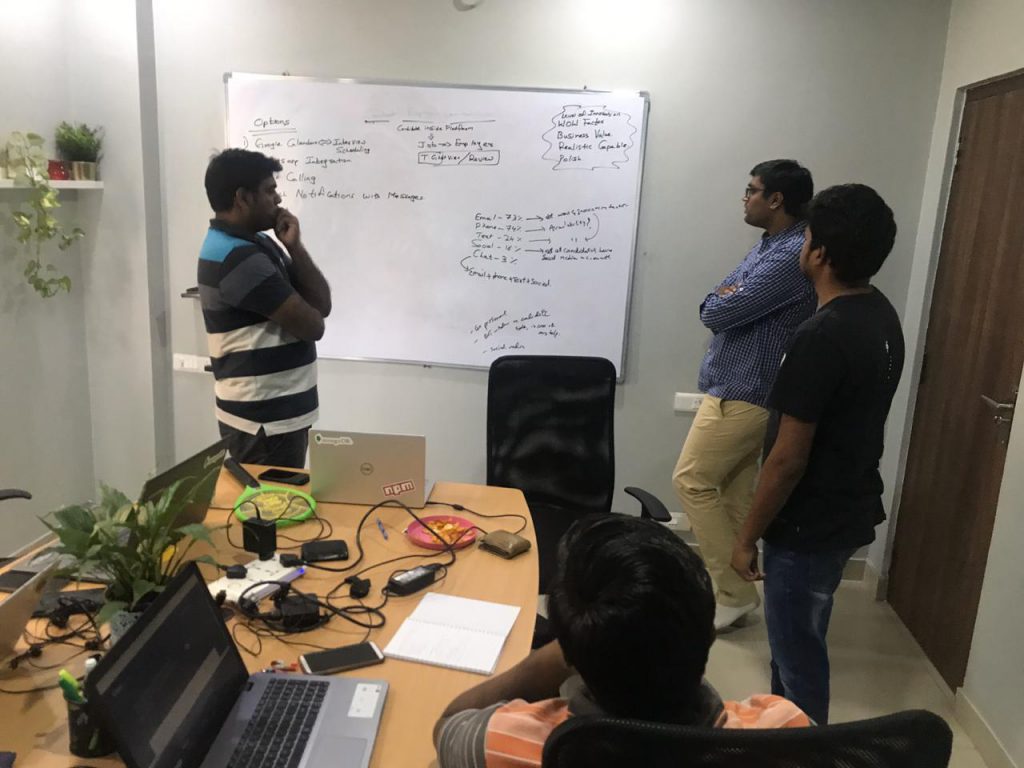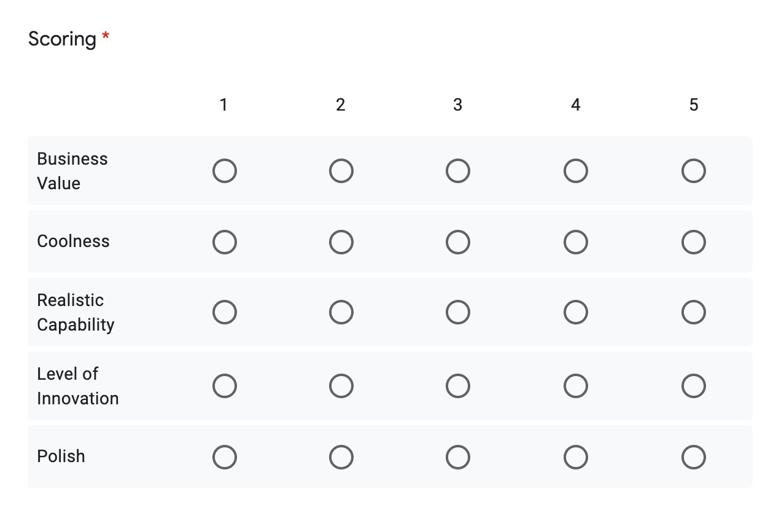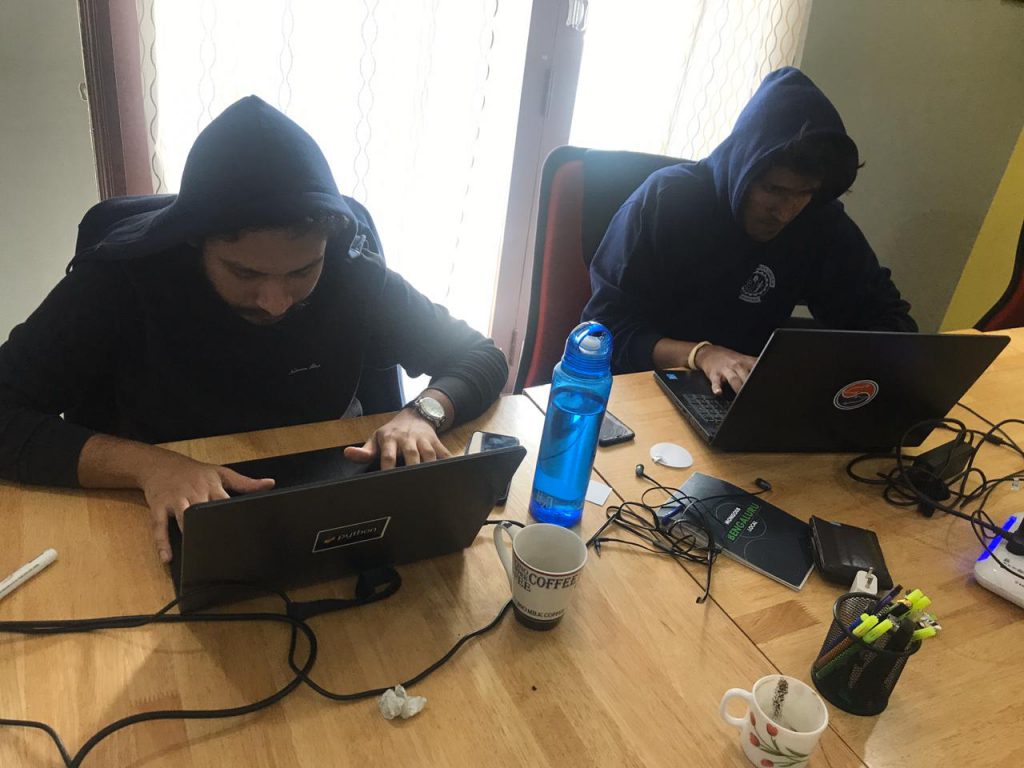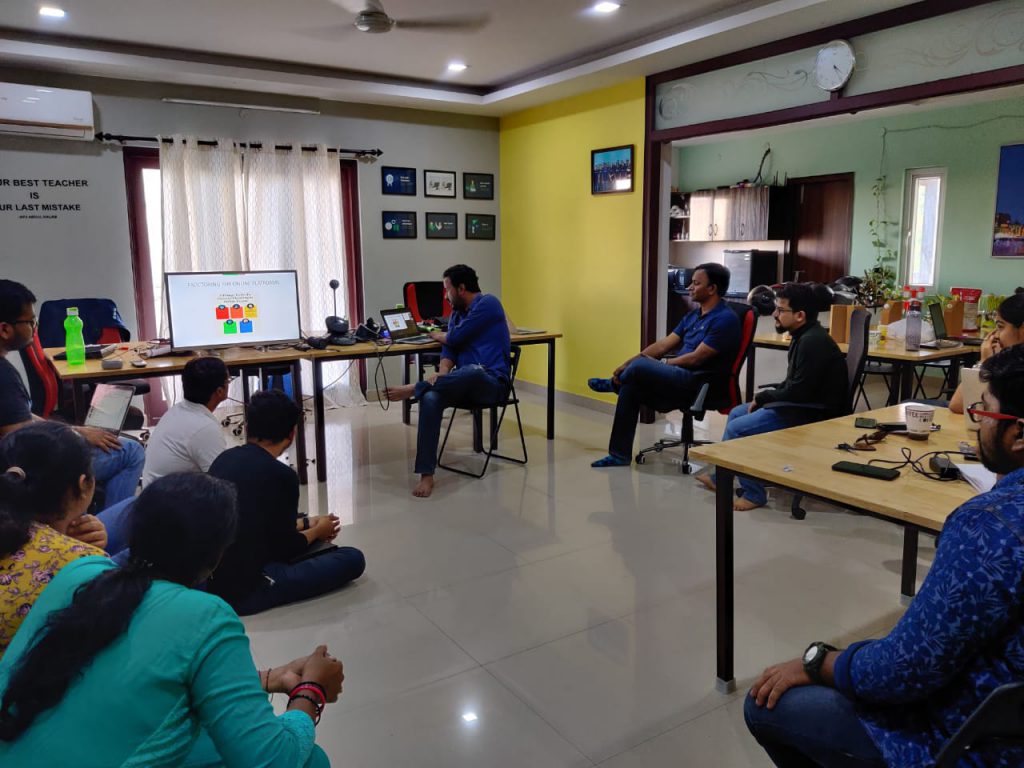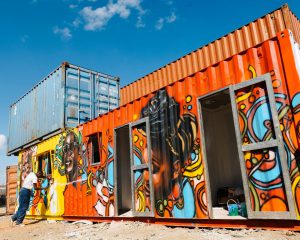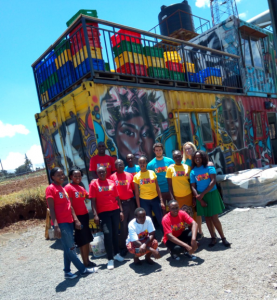Einstein famously wrote that “the measure of intelligence is the ability to change.” This has always applied to the world of talent, though it has arguably never been a more appropriate maxim as we consider the human resources we’ll need to survive the COVID-19 tsunami, and end up stronger on the other side of it.
Employers need to rapidly change how they address their talent needs if they are to adapt and survive in a post-COVID world, especially their ability to manage remote hiring. My inbox has been flooded lately with rather obvious advice around how to do this quickly (e.g. “rely on video calls instead of in-person interviews!”). How to do this quickly and effectively is less obvious, and will require us to address more fundamental questions about the nature of the roles we need to fill and the way that recruiters – whether internal teams or external advisors like Shortlist – can add value to the remote hiring process.
Before we had ever heard of COVID-19, we were already been in the middle of a fundamental transformation in the talent sector, underpinned by three trends:
1. Teams are becoming globally distributed
What began in the 1980s with Western firms cutting costs by outsourcing IT to the ‘new’ BPO industry in India has evolved. Even if you operate out of a big city, chances are that the most cost-effective and competent candidate for your team lives elsewhere and probably doesn’t want to relocate. Could you do remote hiring for them? Many more companies are saying, ‘yes.’ While fully distributed teams are the exception today, they are rapidly becoming the new normal.
2. Talent is becoming increasingly variabalized
Remember when we used to buy an entire music album when all we wanted was that one hit track? Then iTunes and Spotify came along. That transformation is happening in talent. Employers are hiring part-time specialists for what would have historically been full-time roles. Unlike “gig workers”, part-time employees are treated like full-time team members. We give them email addresses with our domain. They join team WhatsApp groups or Slack channels. We celebrate their birthdays. We promote them. They just happen to be working on a variabalized contract structure. (This structure, by the way, is especially effective in attracting top female talent who may not be in the market for a full-time role but can often run circles around your full-time team members.)
3. HR is being disrupted by technology
Most employers use technology for only 10% of their hiring processes. We’re a long way off from a fully AI-driven recruitment world, but technology exists to manage and improve 80-90% of your hiring processes. Yet, most employers still haven’t embraced talent technology. Technology underpins Shortlist’s model, which strives towards a merit-driven future where candidates can show us what they can do (instead of relying on dusty CVs to tell us). We augment the (still-important!) human part of the recruitment process with competency-based assessments that actually predict performance to create genuine value for both employers and jobseekers.
COVID hasn’t changed any of this. Rather, it has simply accelerated this transformation, and arguably for the better. If it feels like a rude awakening rather than an exciting evolution, it’s because we hadn’t been planning for how quickly these changes would occur nor how difficult the choices needed to adapt to them would be.
To embrace this transformation and to do remote hiring effectively, we believe that talent-forward employers should consider making some or all of the following changes to their recruitment practices immediately, even if they’re undergoing a current hiring freeze.
• Go global
Re-consider the “need” to have a role be physically based in your local office. This may suddenly open you up to attracting a national or even international talent pool. Do you really need your data analyst sitting in your office? One of ours sits thousands of kilometers away, in South Africa, and he’s great. We’re actively helping our clients identify world-class talent in more than 30 countries, regardless of the location of their headquarters.
• Variabilize (part of) your workforce
For many functions – including recruiting and finance – that depend heavily on the number of transactions you’re making, a part-time resource may make more sense. While it may not be possible for every company, in many cases you could save money, or hire a more senior resource on a part-time basis. In a COVID world where demand planning is almost impossible, increasing the variabalized component of your workforce gives you flexibility and financial freedom.
• Check references (really) and find blind references
For once, take the reference checking process seriously (rather than running a tick-the-box exercise). References have always been important. Now, since we’re being asked to rely on remote hiring without meeting candidates, they’re even more important. To find blind references, ask your search firm or HR team to find references beyond the candidate’s suggestions, who are at the -peer, subordinate and senior levels. Seek feedback on the work quality of the candidate and be ready for tough feedback that may influence your hiring decision.
• Leverage probation periods
For the roles you decide to make full-time, consider extending probation periods. Many firms assume a 3 month period, when often contractually you could just as easily make it 6 or even 12 months. Remember that this probation period is mutual (if the candidate finds better work elsewhere during that time, no hard feelings). While this introduces risk to the candidate, it also gives both sides a bigger window to “date” before getting into a legally complex employment agreement.
• Use virtual panels to conduct structured interviews
For most hiring situations, a panel interview process – rather than a series of 1-1 interviews – predicts performance more consistently. In an effective panel interview, every candidate is asked the same competency-based questions in the same order, and the interview panel agrees in advance on what they are looking for in a good answer. I wrote more about this back in 2017 here (which feels like another lifetime).
• Run remote work simulations rather than just Q&A interviews
Once you’re convinced that you may have a hire on your hands, consider running a virtual working session with the candidate rather than more interviews. Spend 30 minutes (junior candidate) to a few hours (C-level candidate) in a live session on Zoom where you present the candidate with a real challenge they would need to manage, and work with them in a live way to solve it. What questions do they ask you? How do they respond to feedback? Do they actually enjoy the work? This is similar to a work sample exercise but can give you a faster, real-time glimpse at a candidate’s learning velocity, growth mindset, and critical thinking skills.
• Leverage technology to hire
Finally, and most obviously, use software and digital assessments to help you filter the volume of applicants in consistent and objective ways. We’ve spent years and considerable resources to build our solutions at Shortlist, but the basics behind this idea can be done yourself. When done correctly, a technology-driven approach to sourcing and screening is proven to increase the gender diversity of your candidate pool, and leads to better-performing teams, full stop.
Retired US Navy Seal Jocko Willink pushed many of us to think differently by promoting the paradoxical idea that “discipline equals freedom.” The same might be true about remote hiring.








